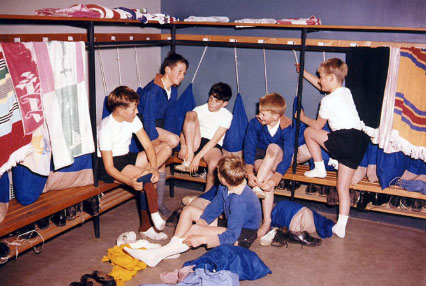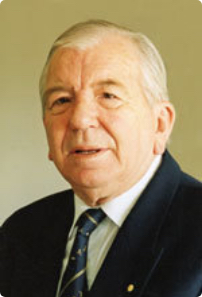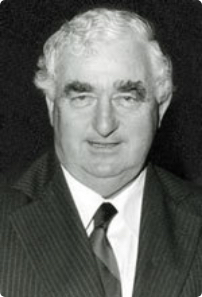The original school colours were royal blue, tan, and white. The first jumpers were royal blue (not navy), featuring white and tan stripes on the neckline. This colour scheme extended to the school tie, which was blue with thin white and tan stripes. However, due to ongoing challenges in reproducing the tan colour consistently, it was eventually replaced by red.
In 1961, Foundation students wore a blue cap trimmed with tan and a plain white mitre on the front, as the official School crest had not yet been created. Once the crest was designed, it was added to the cap, which remained part of the uniform until the late 1970s. The blue blazer—originally designed as a sports blazer to be worn with cricket whites—became so popular among students that it was soon adopted as part of the daily uniform. However, the grey suit continued to serve as the formal school uniform until the late 1970s. Students awarded Colours wore jackets with distinctive red piping.
Until 1965, all students wore blue shirts. That year, the introduction of the School’s first Year 12 cohort marked the debut of the white shirt, which remain in place since.
he first sports uniform featured a blue jumper with tan collar and cuffs and no crest. It was reversible for inter-House and practice matches, with a white stripe on the reverse to distinguish teams. Football socks were blue with a tan band at the top.
In the late 1980s, a striped blazer was introduced as a Colours or Awards blazer. Its popularity led to its adoption as the standard blazer for senior students. In 1990, the mid-blue of the blazer, jumper, and tie was replaced with navy.
A major milestone in 1994 saw the School welcome its first female students. The original girls’ summer uniform was a checkered dress with white collar and cuffs, paired with long navy socks. Later that same year, the collar and cuffs were updated to navy. In 2008, short socks replaced the long socks as part of the summer uniform.
In 2010, the “February Shirt”—a short-sleeved shirt embroidered with the School crest and “The Peninsula School”—was introduced to provide comfort in warmer weather and could be worn without a tie during February. By 2013, this embroidered shirt became the standard across both summer and winter uniforms.
In 2020, all uniform items were updated to reflect the School’s new name: Peninsula Grammar.
A major uniform transformation occurred in 2024. A new, contemporary, and all-inclusive range was introduced, reflecting a modern, all-gender approach to student dress. Traditional grey was replaced with a uniform navy blue across all garments. A blazer became a compulsory everyday item from Year 2 onwards.
A more relaxed approach saw the introduction of a white untucked shirt worn without a tie during Terms 1 and 4. New items included a skort for students from Kindergarten to Year 4 and tailored navy trousers for students from Year 2 onwards. The Physical Education and AGSV Sport range was also refreshed, featuring a more versatile collection of items suitable for multiple sports.
























